The art of coffee has evolved far beyond the simple act of brewing a cup. Among its many creative expressions, latte art stands out as a visual celebration of craftsmanship and innovation. From humble beginnings with basic heart shapes to today’s jaw-dropping 3D designs, the journey of coffee latte art is a fascinating tale of skill, technology, and cultural exchange.
The Birth of Latte Art: Simplicity Meets Elegance
In the early days of specialty coffee, baristas sought ways to elevate the drinking experience beyond taste alone. The heart shape emerged as the first widely recognized form of latte art—a simple yet elegant design created by pouring steamed milk into espresso in a controlled manner. This technique, known as "free pouring," required precise hand movements and an understanding of milk texture. The heart became synonymous with café culture, a universal symbol of love and warmth shared over coffee.
As competition among baristas grew, so did the complexity of designs. The rosetta, resembling a fern or leaf pattern, became the next milestone. Achieving this required mastering a back-and-forth wrist motion while maintaining consistent milk flow. What made these early designs remarkable was their reliance entirely on the pour—no tools, no stencils, just the barista’s steady hand and artistic intuition.
The Renaissance: Etching and Multi-Layered Designs
By the late 1990s and early 2000s, latte art entered its experimental phase. Baristas began using etching tools—toothpicks, skewers, or specialized utensils—to manipulate the coffee’s surface after pouring. This allowed for intricate details impossible to achieve through pouring alone. Suddenly, cups bore portraits of celebrities, detailed animals, and even miniature landscapes. The Japanese coffee scene particularly embraced this style, pushing boundaries with photorealistic designs that often left customers hesitant to take the first sip.
During this period, another significant development emerged: the layered pour. By carefully controlling the timing and positioning of multiple pours, artists created depth and shadow effects. A swan might appear to float on the coffee’s surface, or a flower might gain dimensional petals. These techniques marked the transition from flat designs to artwork with perceived depth, setting the stage for the three-dimensional revolution to come.
The 3D Revolution: When Coffee Became Sculpture
The introduction of 3D latte art transformed coffee into an edible sculpture medium. Pioneered largely in Asian coffee markets, this style involves building upward from the cup’s surface using thick milk foam as a clay-like material. Artists employ small spoons, syringes, and carving tools to shape animals, cartoon characters, or even miniature versions of the customer themselves. The most skilled practitioners can create pieces several inches tall that maintain structural integrity—no small feat when working with such perishable materials.
What makes 3D latte art particularly impressive is its temporal nature. Unlike traditional sculptures, these creations have a lifespan measured in minutes before the foam collapses or the drink cools. This ephemeral quality adds to their charm, making the experience of receiving one feel like being part of a fleeting performance art piece. Social media has played a crucial role in popularizing this style, with viral videos showcasing the meticulous creation process from start to finish.
Technology’s Influence: From Hand-Poured to Printer-Perfect
As latte art grew more complex, technology began intersecting with tradition. Coffee printers emerged, capable of reproducing any digital image on a drink’s surface using edible inks. While purists argue this removes the human element, these devices have made personalized designs accessible to cafes without highly trained baristas. Some establishments now blend both approaches—hand-poured bases with printed details—creating hybrid artworks that showcase the best of both worlds.
Another technological advancement comes from smart milk frothers that precisely control temperature and texture, eliminating one of the most challenging variables for beginners. Mobile apps even exist to guide pouring techniques through augmented reality overlays. These tools haven’t replaced skilled artists but have democratized aspects of latte art, allowing more people to participate in its creation and appreciation.
Cultural Exchange and Global Styles
The evolution of latte art reflects a beautiful cultural exchange. Italian cafes maintained classic, understated designs focusing on perfect symmetry. Australian and New Zealand baristas developed a freer, more expressive style influenced by their thriving specialty coffee scenes. In Asia, particularly South Korea and Thailand, the emphasis on cuteness and shareability led to character-driven designs optimized for social media. Each region contributes techniques that gradually spread worldwide through competitions and online communities.
International latte art championships have become hotspots for innovation, where competitors push limits with never-before-seen techniques. Recent tournaments have featured gravity-defying suspended elements, multi-cup compositions, and even interactive designs that change when stirred. These events don’t just showcase skill—they’re research and development hubs driving the entire field forward.
The Future: Where Can Latte Art Go Next?
As we look ahead, several exciting directions emerge. Augmented reality may allow digital enhancements to physical pours—imagine watching an animated story unfold around your coffee’s surface via smartphone. Sustainable practices are influencing material choices, with plant-based milks requiring new techniques as they behave differently when steamed. Some avant-garde artists experiment with temperature-sensitive colors or edible glitter for added drama.
Perhaps most intriguing is latte art’s potential crossover with other disciplines. Molecular gastronomy techniques could introduce gels or foams that hold sharper shapes. Collaborations with ceramicists might produce custom cups designed to enhance specific visual effects. One thing remains certain: as long as people gather over coffee, there will be artists finding new ways to make that moment extraordinary.
From its simple heart-shaped beginnings to today’s edible masterpieces, latte art’s evolution mirrors humanity’s endless desire to transform everyday objects into something magical. Each cup tells a story—of the bean’s journey, the barista’s skill, and the drinker’s moment of delight. In a world that often moves too fast, these fleeting creations remind us to pause and appreciate beauty in the small things.

By /Jul 9, 2025
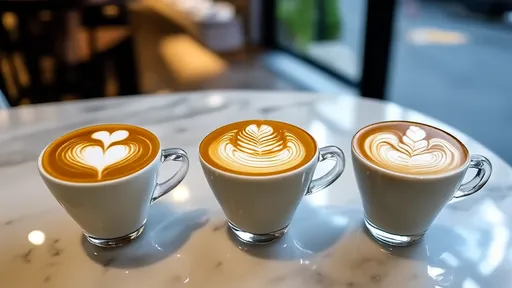
By /Jul 9, 2025
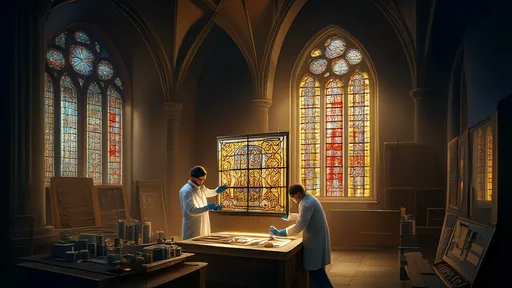
By /Jul 9, 2025
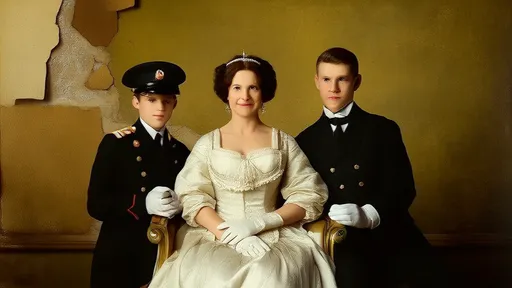
By /Jul 9, 2025
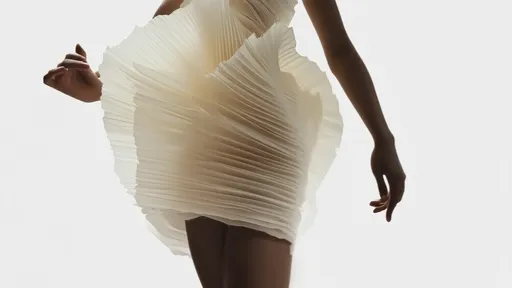
By /Jul 9, 2025

By /Jul 9, 2025

By /Jul 9, 2025
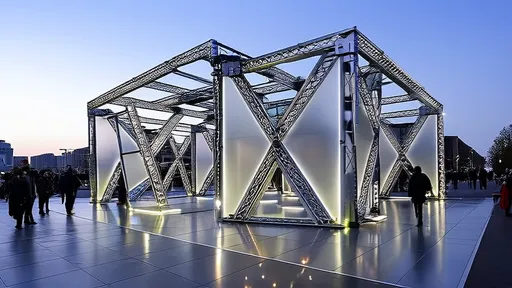
By /Jul 9, 2025

By /Jul 9, 2025
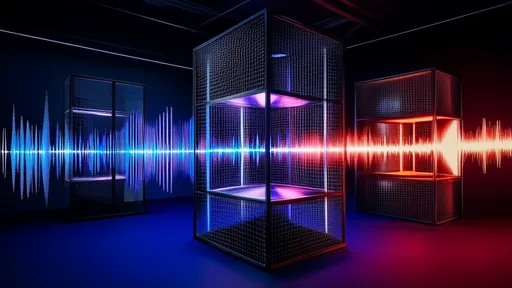
By /Jul 9, 2025

By /Jul 9, 2025
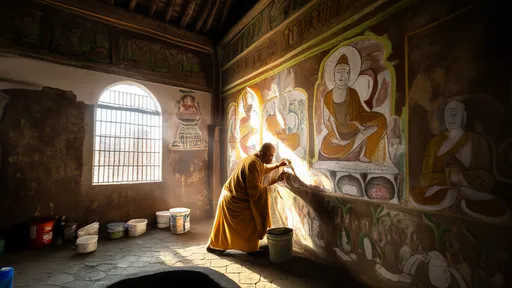
By /Jul 9, 2025
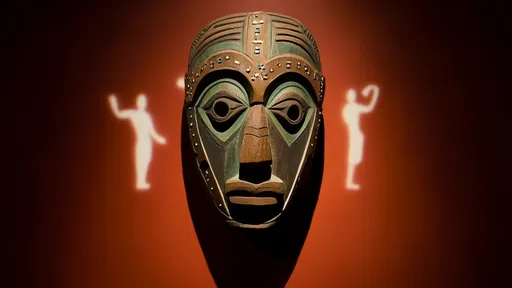
By /Jul 9, 2025
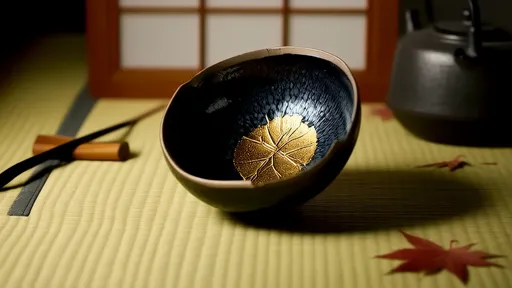
By /Jul 9, 2025
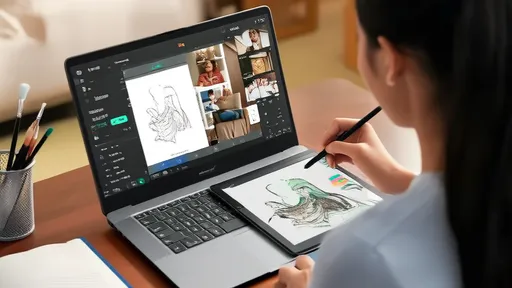
By /Jul 9, 2025
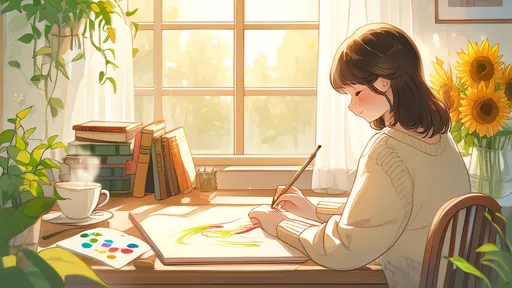
By /Jul 9, 2025
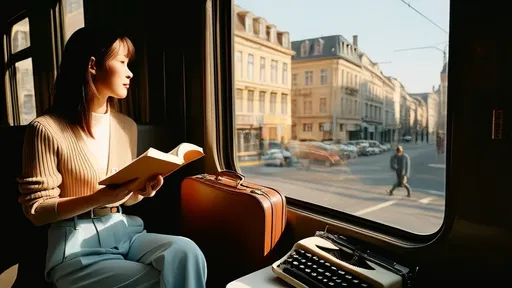
By /Jul 9, 2025
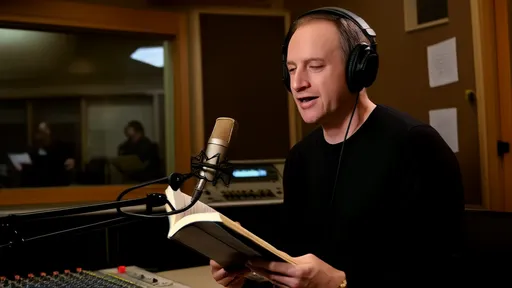
By /Jul 9, 2025